Bijal Harsora’s weekend routine has remained unchanged for nearly three decades. Her Sunday ritual includes a visit to the Madhavbaug temple in Mumbai’s Bhuleshwar area around 7 am. She goes with an empty stomach, but not for religious reasons. A brisk walk follows her temple visit for a minute to her favourite eatery, Hiralal Kashidas Bhajiawala (HKB).
For the past 1,300 Sundays, she has been religiously eating fresh hot jalebis with equally soft fafdas (a fried crispy, crunchy tasty besan snack). After satiating her hunger with a sumptuous breakfast, she parcels Amiri Khaman, Nylon Dhokla and Kachori so that she can enjoy Surti or Surat-influenced Gujarati cuisine for the remaining part of the day.
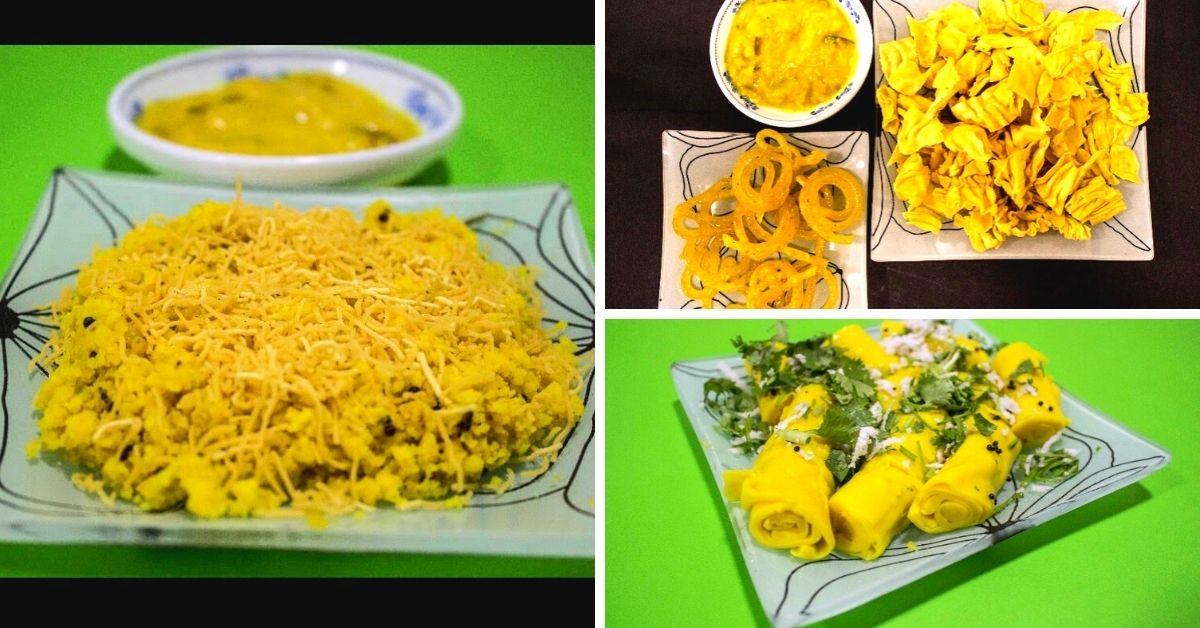
The only thing that has changed over the years is her company – grandfather, father, husband and now her 3-year-old daughter. Three generations of the Harsora household have been ardent fans of HKB, which interestingly has been run by three generations of the Shah family.
“With every changing company, I have tried new delicacies and every item to be equally delicious. As Gujaratis, we have bonded over HKB’s food resulting in innumerable cherished memories. With my daughter continuing the tradition, I couldn’t be more grateful and happy,” Bijal tells The Better India.
Like Bijal, several generations of families have been loyal customers of this eatery that was started in 1936 by Hiralal, a migrant from Surat. The family claims to be the first ones in Mumbai to introduce Surti delicacies like khandvis, undhiyu and khaman.
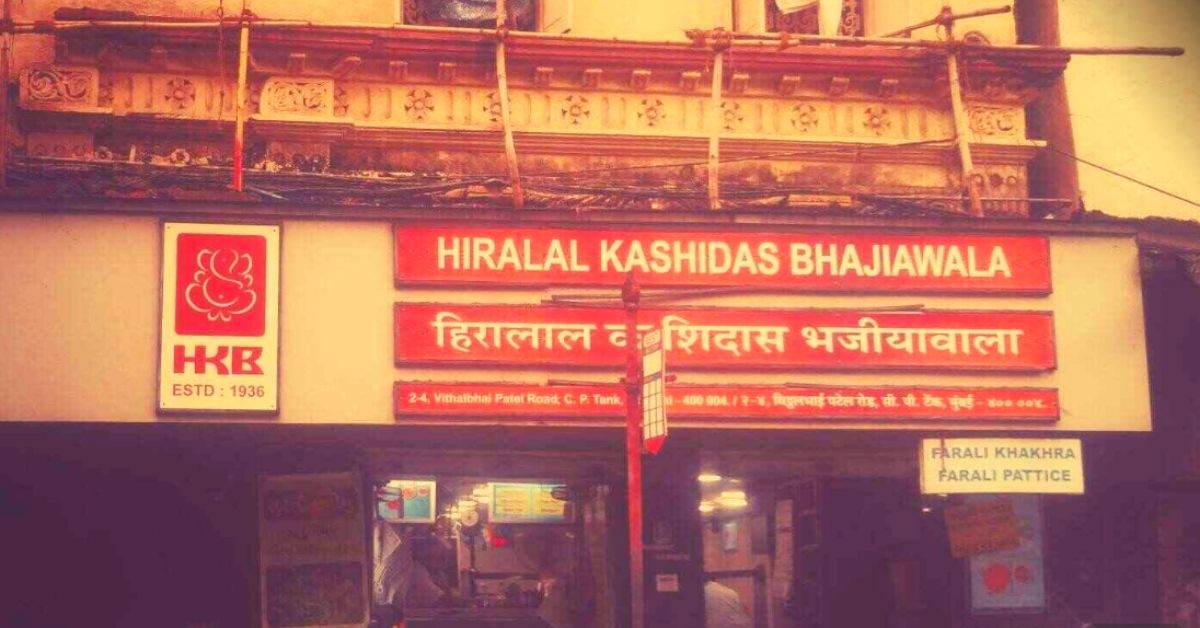
Interestingly, despite a plethora of customers not just in India but across the world, the shop has been in the same place and is using the same recipe that dates back to the early 1900s. Some of their famous customers include Anand Mahindra, Amitabh Bachchan and Mukesh Ambani.
“My grandfather put his heart into the soul in establishing the eatery. He worked round the clock to give Mumbaikars the real taste of Surat and its elaborate food culture. Our well-guarded recipes passed down from one generation to another is a testimony to the fact that HKB is more than a business for us,” Bakul Shah, Hiralal’s grandson, tells The Better India.
Bakul shares with us the less-explored history of HKB and gives us a sneak peek inside the ingredients of delectable Gujarati snacks, also called farsan.
Carrying forward a father’s dream
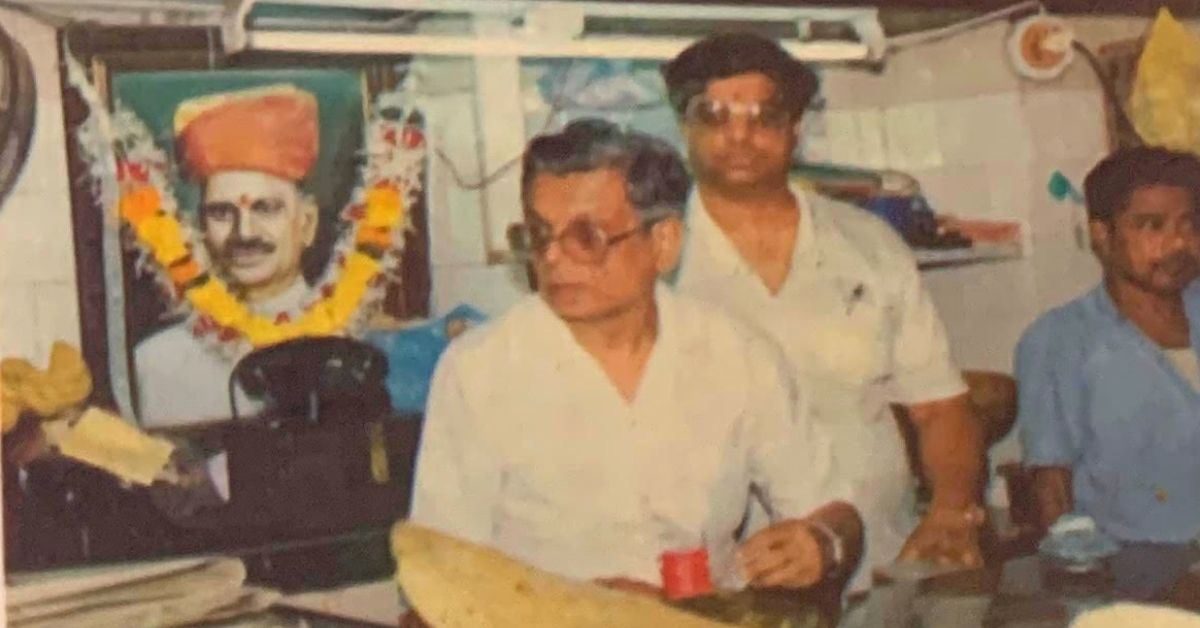
Hiralal hailed from the lineage of culinary specialists who were engaged in catering services. He specialised in kand bhajiyas (deep-fried thin slices of purple yam in a gram flour batter). His popularity was such that people across Gujarat called him during special occasions to make the bhajiyas.
“This was in the early 1900s when community halls had no chairs or tables. My grandfather would fry the bhajiyas in a piping hot oil pan in the open. No amount of sweat would deter him from making hundreds of bhajiyas at a stretch. He would be remunerated with shawls and gold coins that we have preserved till date,” says Bakul, who is in his seventies.
In 1930, Hiralal, who never went to school, separated from his brothers due to a family feud and decided to move to Mumbai. He borrowed a sum of Rs 5,000 from his friend and rented a place in Bhuleshwar. He had enough faith and confidence in his talent to repay the loan, an amount considered very high back in the days.
And he did.

In 1936 when Hiralal set up shop, Mumbai was yet to witness the influx of Gujaratis from the neighbouring state. Introducing a different cuisine in a city dominated by Maharashtrian cuisine was challenging, but his reputation as bhajiwala was such that word of mouth was enough for marketing. More Gujaratis settled in areas CP Tank, Mumbadevi Tank and Bhatia Bhagitathi Tank and Bhuleshwar and HKB’s sales increased as years passed.
Although the eatery was flourishing, Hirala sent his son, Pravin Shah, to the US for Masters. As India attained freedom, Hiralal began his last chapter of HKB, or so he thought.

Pravin moved back in 1950 and established his own electric venture. But destiny had different plans, and ten years later, Hiralal passed away. Praveen took over as the CEO while running his own venture alongside. Destiny played a similar role in the case of grandsons, Gaurang and Bakul, an IITian.
Neither of the grandsons had any idea of the masalas or ingredients used when they started.
“We never stepped inside HKB’s kitchen, let alone carry forward our family’s legacy. I couldn’t tell the difference between two dals or point to the coriander powder. Our circumstances led us to join. That said, the fathers were particular about passing down the right recipe, ingredient measure and technique,” adds Bakul.
Mouth-watering Gujarati dishes

The burgeoning food lovers were introduced to several items that were either hard to find or were not served authentically in other places of the city. Undhiyu, a seasonal dish, was one of them.
It has eight layers – papdi, ariya kakdi (a type of cucumber), tur dana, sweet potatoes, purple yam, eggplant, sweet yellow rajagri bananas, and muthiyas. Every layer is stuffed with masalas. The entire dish is sealed in a tall vessel with finely chopped green garlic, grated coconut and coriander. It takes nearly four hours to prepare.
“The dish is usually consumed in December and January due to the availability of beans and purple yams, but HKB is one of the few eateries across Maharashtra to supply it for six months. We get all the vegetables directly from Surat daily via train to prepare undhiyu. Sure, it increases our expenses, but we want to give our customers the best quality,” says Bakul. It is little wonder that during the winter season and occasions like Dusserah, the eatery sells 100 kilos of undhiyus daily.
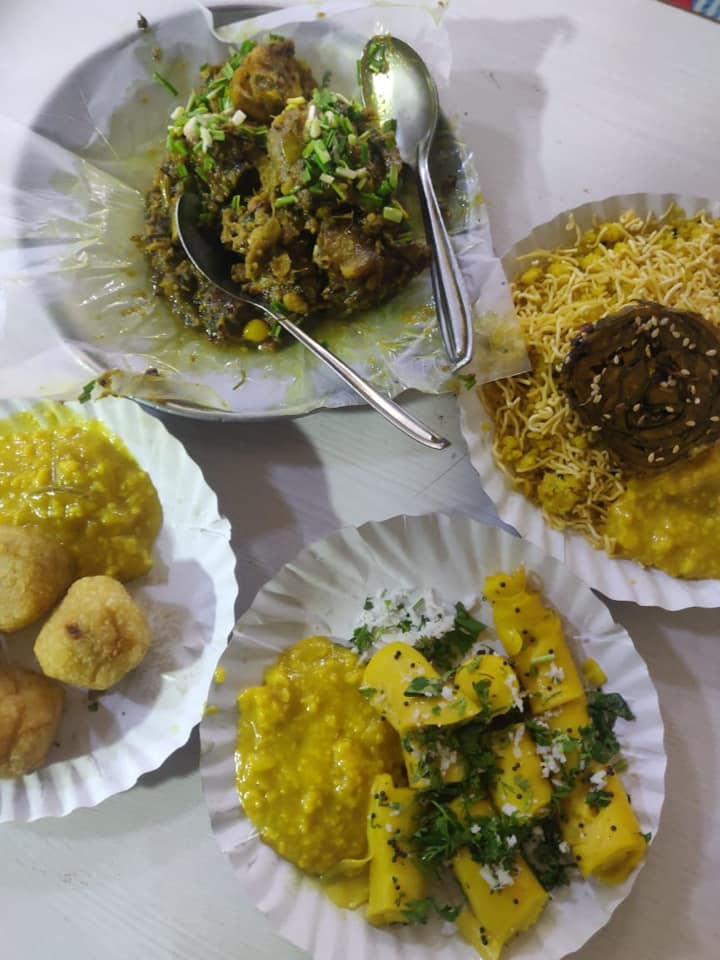
Another iconic signature dish is the family of khaman, dhokla and khandvi made from Chana dal instead of besan. It is a tedious process that takes a minimum of 24 hours to prepare. These items strike a perfect balance between sweetness and sourness with ingredients like sugar, mustard seeds, garlic and hing (asafetida). The unique process is healthier and also increases the shelf life of the products.
Their sweet batata vadas are also a safe bet. It is very different from the quintessential Mumbai vadas in terms of taste, texture and stuffing. They contain mashed potatoes, green masalas and no turmeric is used.
Sarsiya Khaja is a best-seller during monsoons. It is a round-shaped savoury snack that HKB specially prepares in sarso (mustard) oil sprinkled with black pepper so that people don’t catch a cold. Other items include khatta dhokla, kachori, mawa ghari, methi bhajiya, goba puri, khakra, ghatiya, bajri vada and more.
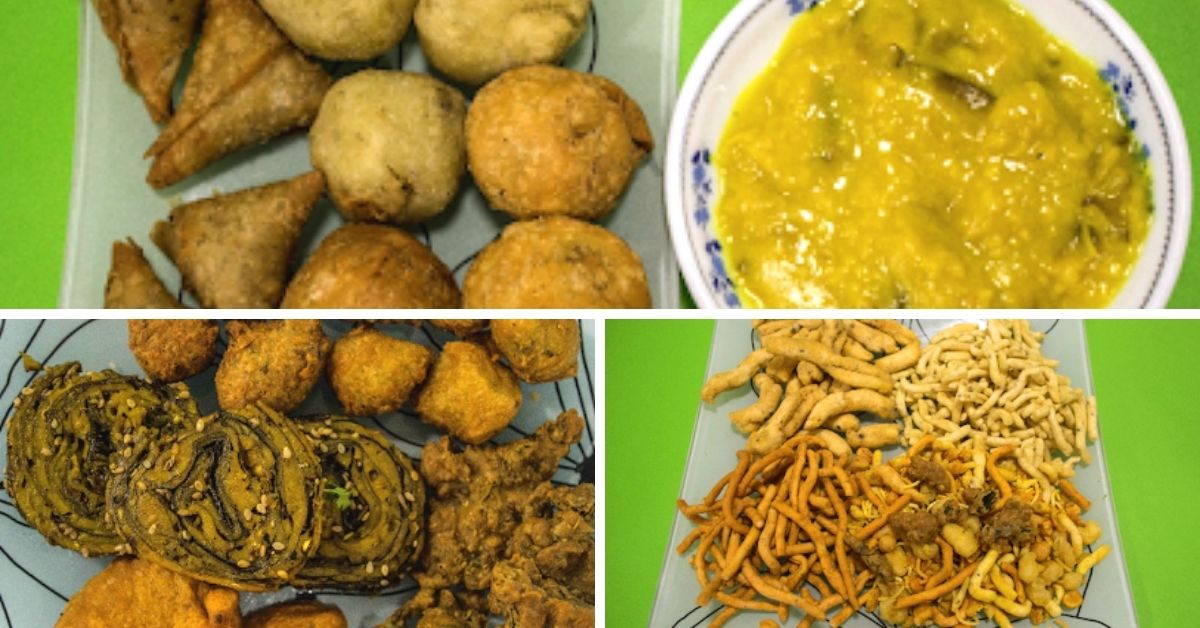
Although the world has moved on from traditionally used groundnut oil to others like olive and palm, HKB continues to use groundnut oil for health reasons,” It is a rich source of Vitamin E and helps in reducing heart disease risk factors. It also helps improve insulin sensitivity,” says Bakul.
HKB offers delivery (chargeable) across Mumbai. Still, the best way to relish the dishes and give justice to century-old culinary tradition is to visit the place at the eastern end of Vithalbhai Patel road.
To sum it up, HKB surely is testimony to the ancient saying ‘Surat nu jaman ane Kashi nu maran’ which roughly translates to the best way of attaining salvation or satisfying your soul is by dining in Surat and dying in Kashi.
The best part? Mumbaikars, you can attain salvation right in your city!
Get in touch with HKB here
(Edited by Vinayak Hegde)
No comments:
Post a Comment